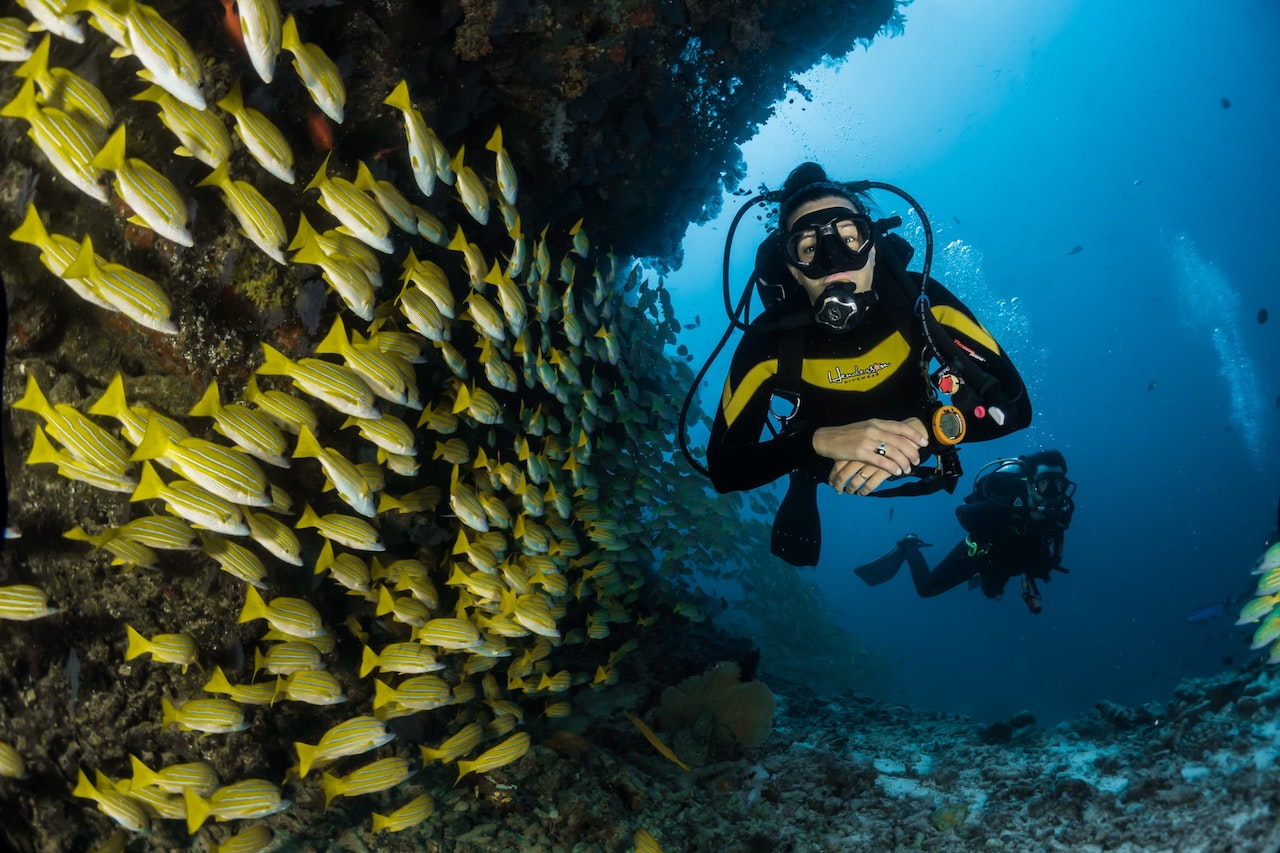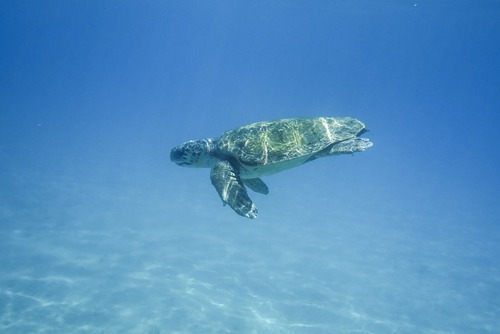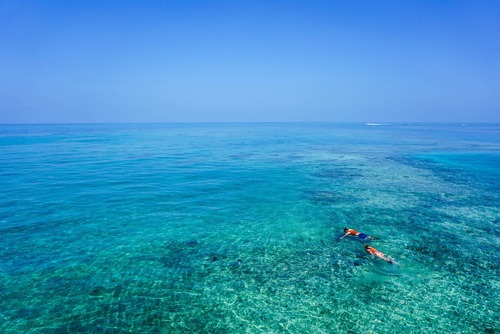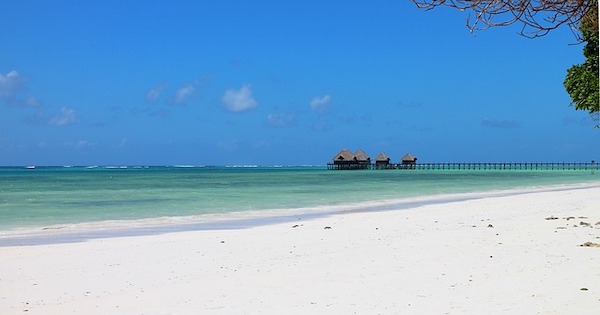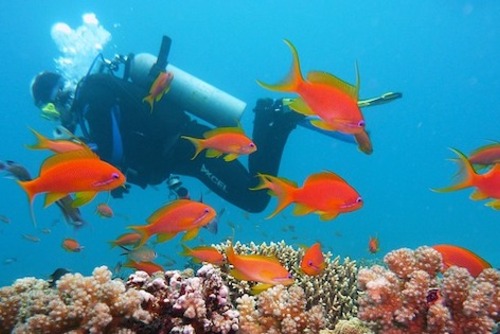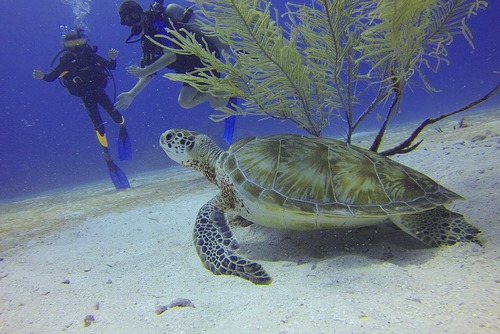However, one of the reasons many holidaymakers fly to Australia is the abundance of great locations for adventure sports and in particular diving.
The experience of diving is nothing like watching it on TV. You need to get in the water and do it yourself. Diving combines both sport and adventure and almost anybody can do it because it does not require a great degree of fitness.
If you are totally new to diving there are taster and beginners courses available to book all year round. If you are looking to do a certified course we recommend Abyss Scuba Diving - one of the top rated dive schools in the country.
You could take a PADI scuba diving course, a worldwide recognized standard for diving training. You will be required to complete a questionnaire about your health before starting the course. The training will cover all the potential risks involved in diving and how to avoid them. Once you have completed your training, a whole new world of adventure awaits your life.
Now, here is our guide to the best dive sites in Australia.
1. Great Barrier Reef
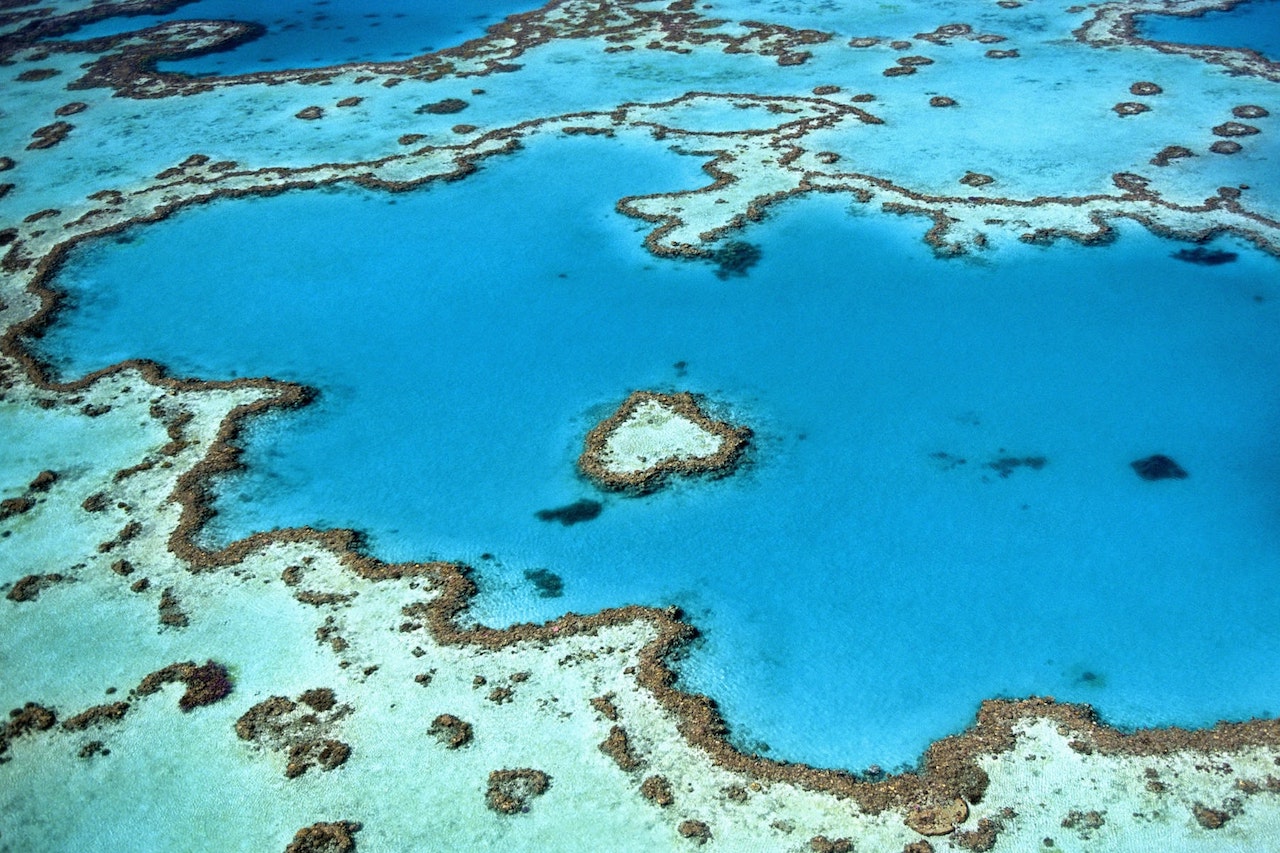
Located off the coast of North Queensland and easily accessible from Cairns or Port Douglas, the Great Barrier Reef is not a single diving site but a living reef stretching 2,300 kilometers, providing something suitable for all skill levels.
The vibrant colors of both the coral and the sea life are as spectacular as that displayed in the Disney Pixar movie, Finding Nemo.
The majestic Great Barrier Reef which is one of the main attractions in Australia and is oen of the world’s largest marine reserves. Divers of all levels are recommended to dive at the Great Barrier Reef, along its considerable length there are a number of great dive sites to visit.
2. Lizard Island
At the northern end in Queensland is Lizard Island, a very popular destination for divers, largely because of the Cod Hole dive spot. It is suitable for beginners but is also rated as one of the top dive sites in the world, let alone Australia. The warm waters here make it ideal for diving all year round.
Lizard Island is a National Park and therefore the waters are protected and teeming with wildlife. There are plenty of highlights to see on this part of the coral wonderland, including giant clams, manta rays and White Tip reef sharks.
3. Heron Island
At the southern end of the Great Barrier Reef there is another very popular dive site which displays another aspect of everything the reef has to offer.
A listed World Heritage Site, Heron Island is an excellent site for divers and its ease of access makes it especially suited to beginners. It is situated around 70 kilometers north east of the city of Gladstone.
Heron Island is renowned as a great spot for beginners and learners as a mere 15-minute boat ride out from the jetty takes you to at least 30 popular dive sites. Among these are the Heron Bommie, Coral Cascades and Blue Pools, all of which have plenty to offer. Visits are best made between July and September when visibility is at its clearest.
Perhaps the greatest attraction of Heron Island is the biodiversity on the reefs. It supports around two-thirds of the fish species and just under three-quarters of the coral species found on the entire Great Barrier Reef. Divers here will have the chance to see loggerhead turtles, wobbegong sharks and Moray eels, as well as coral banks and tunnels.
4. SS Yongala Shipwreck
On a voyage from Melbourne to Cairns in 1911, the SS Yongala passenger ship encountered a cyclone, struck a hidden rock and sank.
All 122 people on board died. Now, however, the wreck of the Yongala teems with underwater life and is rated one of the world’s best dive spots.
At 110 metres long, the Yongala is one of the biggest shipwrecks in the world and is visited by approximately 10,000 divers every year. It is also full of a vast range of wildlife including, but by no means limited to, potato cod, clown fish and sea snakes.
5. Julian Rocks
For those who wish to combine their diving experiences with other activities in Australia, Byron Bay may well be the ideal location. It is one of the most popular destinations for backpackers in Australia and the glorious beaches are only a short walk away from your hostel or hotel accommodation.
The diving here is also spectacular. This is partly due to the interesting climate created by the warmer waters of the north meeting the cooler waters of the south – a condition which encourages a vast and diverse range of wildlife in the area. Julian Rocks are two small islands off the coast of Byron Bay, surrounded by a marine park, are a great diving location and is also suitable for beginners.
There are many larger species to see in the Byron Bay area, including humpback whales, leopard sharks and grey nurse sharks, as well as smaller creatures such as sea turtles, sea sponges and plenty of exotic coral and sponges. Leopard sharks are best seen in the warmer months, while humpback whales can be heard to sing between May and September.
6. The Whitsunday Islands
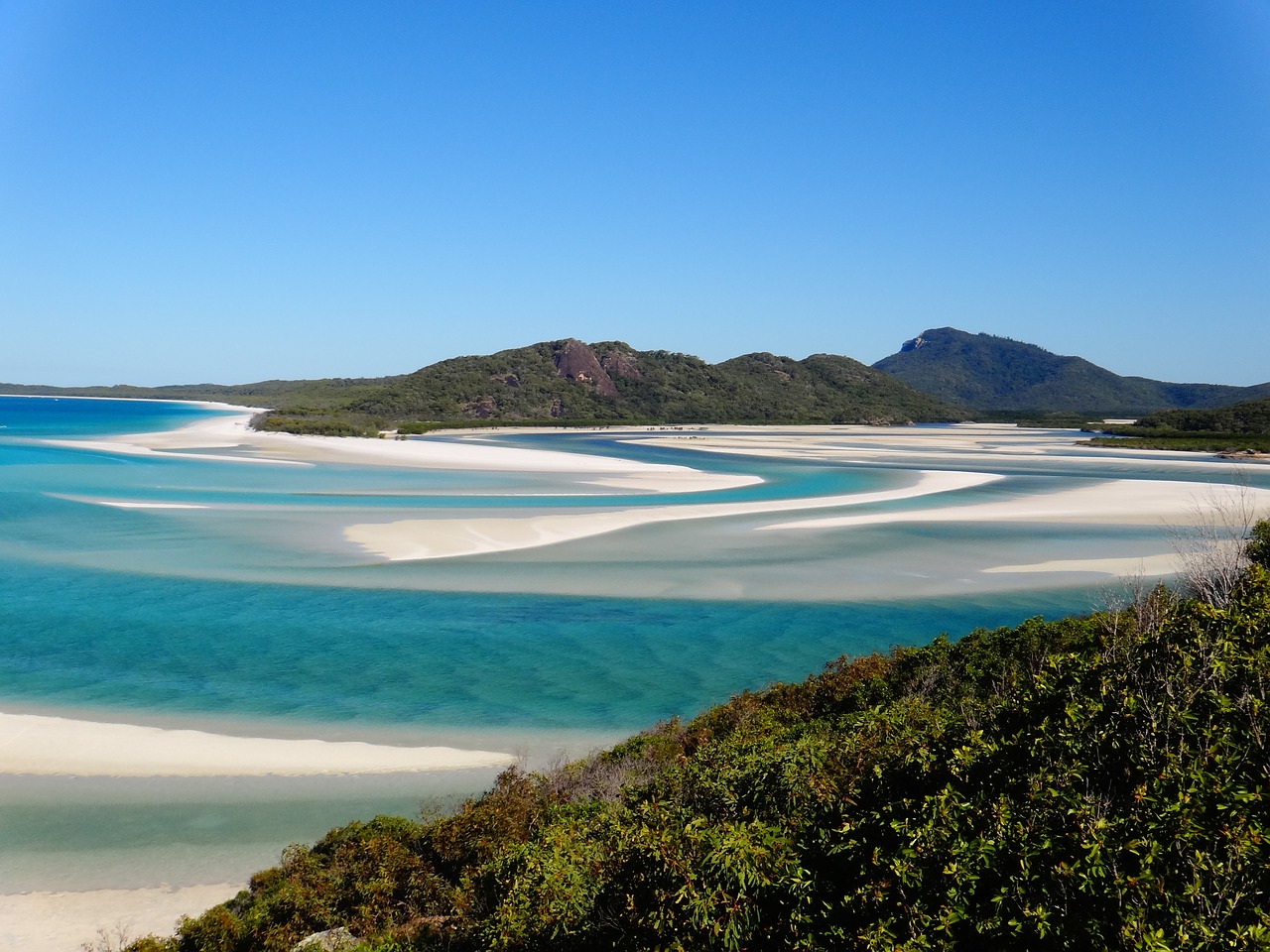
The Whitsunday Islands are another great diving location, also situated in close proximity to the Great Barrier Reef and are a National Park in their own right. There is a dedicated dive center and the coral areas are teeming with marine life.
From some beaches, it is possible to simply walk into the sea and snorkel over fantastic coral fringes, but the real attraction is the ‘outer’ Great Barrier Reef, which is only a short boat ride away. Species that can be spotted while diving around the Whitsundays include dolphins, whales and dugong and many kinds of fish.
Best Time to Go Diving in Australia
Australia is a great places to go diving all year round. The winter months offer the chance of seeing humpback whales and manta rays and visibility is typically better. In summer, the water temperature is warmer and schools of brightly colored bait fish are more common.
Plan a Dive Holiday to Australia
It is no wonder that Australia is one of the best countries to go diving in the world. There are a huge range of sites to choose from, including reefs and wrecks and all are populated with a magnificent variety of wildlife.
Have you been diving in Australia? Share your experience below.

